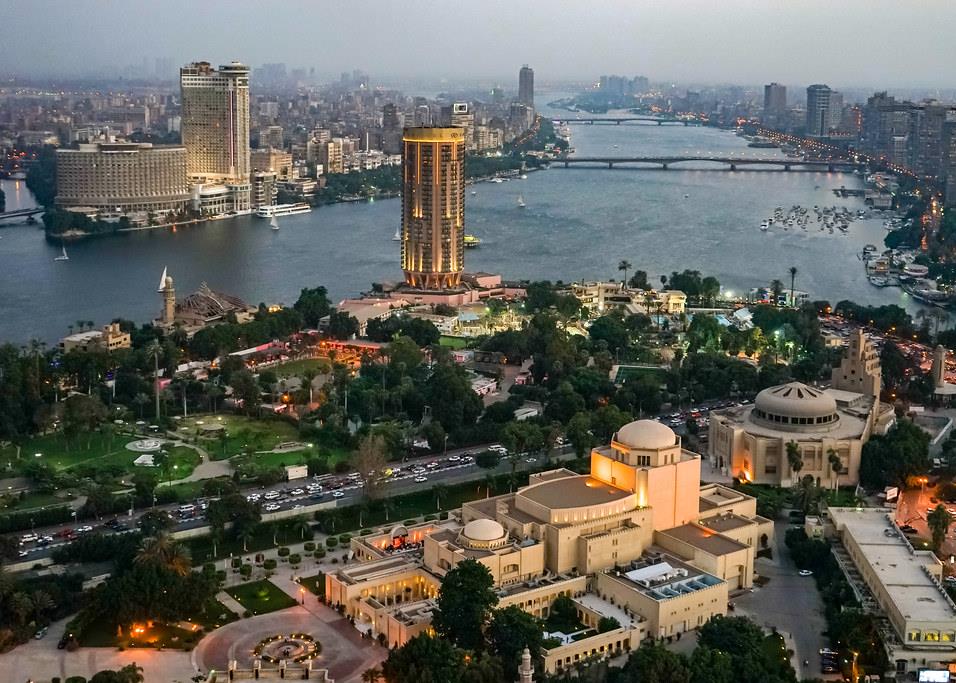
Kuwait and Dubai-based banks fuel rise in region’s non-performing loans
International ratings agency Standard & Poor’s (S&P) believes that non-performing loans (NPLs) are set to increase in the coming months as the economic slowdown continues to take its toll on the corporate and retail sectors.
S&P reported a marked increase in NPLs among the 30 Gulf banks it rates. As a percentage of total loans NPLs reached 5.4 per cent at the end of September last year, compared with 2.7 per cent at year-end 2008.
Accounting for most of the increase were Kuwait and Dubai-based banks and exposures of some of the Gulf banks that S&P rates to Saudi Arabia’s Al-Gosaibi and Saad groups, which defaulted in the second quarter of 2009.
“Our assumption is they (NPLs) will have increased even further by the end of 2009 to between 6-7 per cent and that they are set to deteriorate further in the coming months for several reasons,” says Emmanuel Volland, director of financial institutions ratings, S&P.
The agency believes that Gulf banks have not yet fully taken into account their exposures, (estimated at almost $10bn), to the Al-Gosaibi and Saad defaults.
Secondly, it expects additional NPLs come from the large exposures of Dubai-based banks to Dubai World which is currently undergoing a restructuring on $22bn of its debts, as well as their exposure to other Dubai government-related entities and the emirate’s real estate sector.
Kuwaiti banks are also expected to experience an ongoing deterioration in asset quality because of their high exposure to investment and real estate companies. For example, Gulf Bank’s ratio of NPLs to total loans soared from 1.6 per cent at the end of 2007 to 29.5 per cent at the end of September 2009.
“We also expect to see a significant increase in restructured loans in the next few quarters,” says Volland.
Indeed, the UAE’s three biggest banks renegotiated more than AED15bn ($4.08bn) in loans in 2009, triggering concerns over the strength of banks’ balance sheets.
National Bank of Abu Dhabi renegotiated AED3.2bn of loans last year, a noticeable figure given that no loans were renegotiated in 2008.
Meanwhile, First Gulf Bank, the UAE’s largest lender by market capitalisation, renegotiated AED2.5bn of loans in 2009 – a threefold year-on-year increase - and Emirates NBD, the country’s largest bank by assets, recorded overall renegotiated loans of about AED10bn.
However, S&P believes NPL ratios should peak by mid-year 2010 and predicts that starting from the second half of 2010, asset quality for Gulf banks will likely bottom out before slowly improving.
You might also like...

Red Sea Global awards Marina hotel infrastructure
18 April 2024

Aramco allows more time to revise MGS package bids
18 April 2024

Morocco tenders high-speed rail project
18 April 2024
A MEED Subscription...
Subscribe or upgrade your current MEED.com package to support your strategic planning with the MENA region’s best source of business information. Proceed to our online shop below to find out more about the features in each package.





